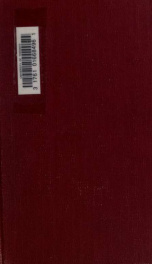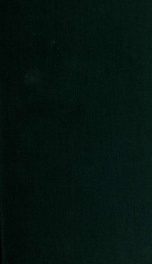Aids to the study of Dante

Bibliography: p. [429]-430 I. The times of Dante: Church, R.W. Florentine political feuds and their influence upon Dante. Norton, C.E. The intellectual and moral awakening of Italy.- II. Sources of our knowledge of Dante: Giovanni Villani, Boccaccio, Filippo Villani, Lionardo Bruni. Norton, C.E. What is definitely known on Dante's life.- III. Dante's personal appearance: Norton, C.E. Portraits and masks.- IV. The Vita nuova: Dinsmore, C.A. Lyrical poetry before the time of Dante. Gaspary, A. The meaning and character of the Vita nuova. Norton, C.E. On the structure of the Vita nuova.- V. Minor works: Norton, Bryce, Saintsbury, Scartazzini, Dinsmore.- VI. The Divina commedia: Longfellow, Gardner, Federn. Witte, K. Dante's commedia. Dante's letter to Can Grande [text] Gardner, E.C. The moral topography of the Inferno. Comparetti, D. The nature of Vergil in the Divina commedia. Gardner, E.G. Structure and moral significance of Purgatory. Thomas Aquina. [Selections tr. from the Summa theologica] Scartazzini, G.A. Beatrice. Dinsmore, C.A. The Paradiso.- VII. Interpretation: Church, R.W. The character, purpose, and poetic qualities of the Divina commedia. Gaspary, A. The poetry of the Inferno. Lowell, J.R. The Divina commedia the embodiment of the Christian idea of a triumphant life 26
Info about the book
Series:
Unknown
ASIN:
B008NEC7T2
Rating:
3/5 (1)Your rating:
0/5
Languge:
English
Users who have this book
Users who want this book
What readers are saying
What do you think? Write your own comment on this book!
write a commentGenre
if you like Aids to the study of Dante try:
Other books by this author
Do you want to exchange books? It’s EASY!
Get registered and find other users who want to give their favourite books to good hands!



